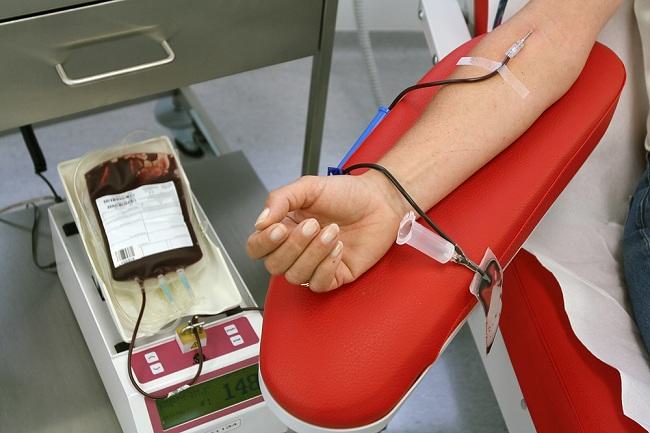Red and watery eyes can be a sign that you have a blocked tear duct. This condition is nothing to worry about, because there are many ways that can be done to overcome it.
Tears function to clean, moisten, and nourish the eyeball. After wetting the eyeball, the tears will pass through the tear ducts to be expelled through the nose. Humans generally have two canals that join into one in each eye before reaching the nose. If one of the tear ducts is blocked, the process of draining tears can be disrupted.

Blocked tear ducts can be caused by congenital abnormalities, increasing age (especially in women), recurrent inflammation or infection of the tear ducts, use of eye drops (in people with glaucoma), facial injuries, tumors pressing on the tear ducts, or side effects. radiotherapy to the face.
The characteristics of the occurrence of blockage of the tear ducts
When a person experiences a blockage of the tear ducts, the flow of tears becomes not smooth so that the eyes continue to water. In addition to watery eyes, symptoms of blocked tear ducts that sufferers also often complain about are:
- Red eye.
- Swelling and pain in the inner corner of the eye.
- Thick discharge from the inner corner of the eye, especially when pressure is applied.
People who have blocked tear ducts from an injury or tumor may also experience nosebleeds. If you have these symptoms, you are advised to immediately see a doctor for an examination.
If you suspect a tear duct blockage, your ophthalmologist can perform tests, including:
- Examination by pressing the tear duct from the outside.
- Examination by dripping a special dye in the eye and putting gauze in the nostrils. If there is no blockage in the tear ducts, the dye will be visible on the eye
- Inspection with a special tool called probe accompanied by irrigation of tear ducts with physiological fluids (0.9% NaCl). When the tear duct is blocked, the fluid will drain back out. This irrigation process can also overcome the blockage of the tear duct by a foreign object.
- X-rays can help determine the exact location of the blockage.
How to Treat Blocked Tear Ducts
Treatment for blocked tear ducts varies, depending on the cause. Blocked tear ducts in newborns often resolve on their own within a few months, so doctors will only monitor the condition without any special treatment.
As with tear duct blockage due to an injury to the facial area, the doctor will only monitor the patient's condition until the injury improves.
Some other ways that can be done to treat blocked tear ducts are:
1. Massage
Tear duct massage as directed by a doctor has proven to be effective for treating minor blockages in the tear ducts in adults. Massage can also be done on newborns, if there are still membranes that are difficult to open in the tear ducts.
2. Antibiotic eye drops
Antibiotic eye drops may be given to treat blocked tear ducts caused by a bacterial infection. Antibiotics taken by mouth can also be given if the infection has spread to other parts around the eye.
3. Irrigation
The doctor will open a small gap in the tear duct with the help of a special tool called probe, then spray the saline solution. In addition to knowing whether there is a blockage in the tear duct, irrigation procedures can also be performed to clear the blockage in the canal.
4. Operation
Blocked tear ducts can be treated by an ophthalmologist or reconstructive ophthalmologist. The ophthalmologist will perform surgery if the tear duct blockage is not successfully treated by other means. The operation can use general anesthesia or local anesthesia, depending on the type of tear duct surgery to be performed.
In this surgery, the doctor can create a new tear duct or widen an existing tear duct. Dilation of the tear ducts can use a balloon or a special support device.
Immediately consult a doctor if your eyes continue to water for days. You also need to consult a doctor if you feel any abnormalities in your eyes and vision after an injury to your face.
Blockage of the tear duct needs to be treated immediately to prevent complications in the eye, because the flow of tears that are not smooth can cause bacteria to easily multiply in the eye and cause infection.
Written by:
dr. Dian Hadiany Rahim, SpM(Ophthalmologist)









